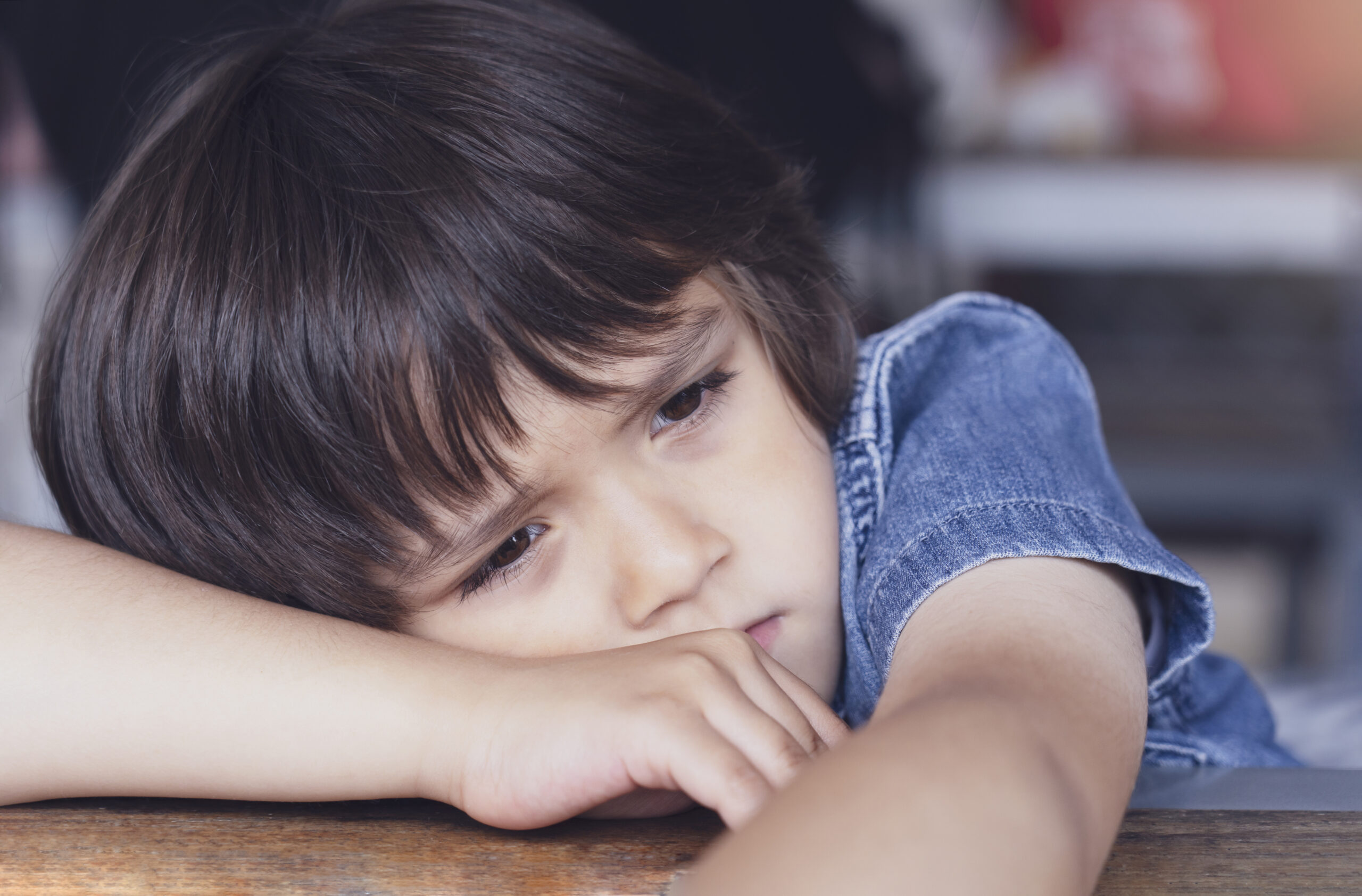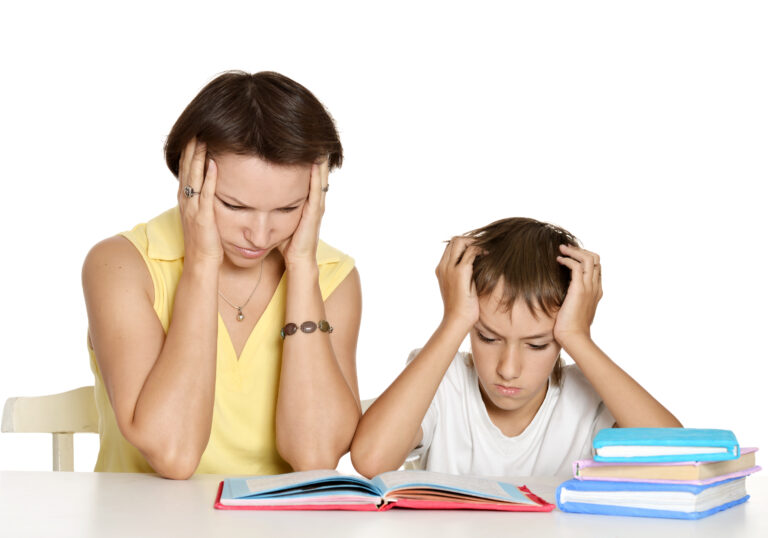5 Smart Ways to Help Your Child Feel Better About Back To School
The weeks leading up to a new school year are stressful. Here are five smart ways to help your child feel better about heading back to school.
This post may contain affiliate links. If you make a purchase, I may benefit at no additional cost to you.
CanCan Mom’s creative routines and schedules make motherhood easier and more fun. Interact with love and laughter more often than impatience by incorporating my unique Quick Steps into your daily family life!
-CanCan Mom, Cheryl L. Butler

Moms Crushing It with CanCan Quick Steps
For most kids, new-school-year worries will gradually disappear as they get acclimated to their routines and environment. But the weeks leading up to the new school year can be a stressful time for the whole family.
Here are five tips to help lessen the anxieties of transitioning back to school.
- Talk About It
- Prepare Ahead
- Create a Worry List
- Back-To-School Reads
- Just Breathe
Initiate Plans Weeks Before School Starts
Tip 1: Talk About It
As summer winds down, it’s a great time to ask them how they feel about the upcoming school year.
A good friend of mine shared how her family prepares for each new school year by having a back-to-school family meeting. It may seem corny, but she’s been doing this for over a decade now. Her kids have come to look forward to it because it helps them work through potential problems and come up with plans to solve them.

The gist of this meeting is to gather together with all electronic devices turned off. Discussion topics might include:
• Highlights of the summer
• Reestablishing school-year routines and chores
• Homework policies and rules
• Back-to-school supply and clothing shopping
• Concerns for your child’s safety and well-being for the new school year
• Guidelines and etiquette for social media use
• An open forum for your child or children to share their thoughts and concerns
It’s also a good idea to discuss bullying and emphasize that you’re always available to listen, no matter what problems they may face throughout the school year.
Break down into one-on-one talk time for any delicate matters your child wants to discuss in private.
After the family meeting, we celebrate the end of summer by going to our favorite restaurant for dinner and then getting ice cream sundaes for dessert.
Tip 2: Prepare Ahead for Back To School
One reason kids feel anxious about the start of a new school year is that they get thrust into a rigid routine without any warning. Keeping late-night hours, sleeping in, and grabbing something crumpled to wear will not make the grade once school starts.
Although you may want to soak up every last bit of your current summer lifestyle, gradually switching gears from those late-night movie binges to a bedtime routine similar to what you’ll be practicing when school starts will have huge benefits for you and your kids.
Plan to initiate your school routines two to three weeks before the first day of school. This can be as simple as getting them to bed 10-15 minutes earlier for a few nights, gradually increasing the time to half an hour, and eventually landing at your child’s typical school bedtime. Once school starts, your child won’t feel such a dramatic shift in their sleep schedule.
This applies to wake-up time as well. Just like with bedtime, begin gradually moving wake-up time earlier.
– CanCan Mom, Cheryl L. Butler

The weeks leading up to the start of school are a great time to re-establish the ritual of choosing outfits the night before. Anything you can do to get your family back into their fall routine—like meal planning, re-adjusting to school lunch items, and re-establishing regular laundry days—before vacation ends will take the edge off of those back-to-school jitters.
Tip 3: Create a Worry List
I’ve always been a list person. Because of that, I tend to embrace ideas that involve physically writing things down. Writing is a tool that has always helped me to be a better problem solver.
Mel Robbins, best-selling author of The Five Second Rule, suggests a helpful way that kids can get a handle on their worries—creating a list. She suggests working with your child to list everything they worry about. Writing your worries on paper can get them out of your head and make them seem less scary.
Once the worry list is created, the next step is to place a positive or happy thought next to the worry. Eventually, your child will reach for the good thought to replace whatever he might be worried about.
Examples:
Worry Thought – Mom will forget to pick me up from school.
Happy Thought – Mom and I laugh as we stop for ice cream or pretend we are pirates looking for possible places to find a buried treasure as we drive home.
Worry Thought – I won’t be able to understand Algebra II.
Happy Thought – Looking at a test with an A grade.
Worry Thought – I won’t make any friends at my new school.
Happy Thought – Being invited to hang out with the guys on my soccer team.
When my youngest daughter was entering the eighth grade, she was nervous about the cliques that might form and afraid she would be thrown into another drama- and gossip-filled year like she experienced in seventh grade.
We spent some time creating her worry list and combating the worries with happy thoughts. This a cathartic exercise for her, empowering her to feel a lot more prepared for the first day of school.
It was also a great way for the two of us to connect. She was more open in sharing her feelings because she was writing them down.
Tip 4: Back-To-School Reads
One of my favorite ways to spend time with my kids when they were younger was to read to them. Our sacred nightly ritual was to snuggle up on the couch and read bedtime stories together.

Some nights, they could barely keep their eyes open during the story. At other times, they excitedly asked questions about the characters and could easily pretend they were romping through the Hundred Acre Wood holding Pooh Bear’s hand. It was magical for them and for me.
As an avid reader, now that my kids are older, I’m thrilled that most of them are hooked on books like me. I believe part of that is due to the book clubs they had in school.
For the 20 years I’ve been involved in our school’s PTO, I’ve been a huge fan of the Scholastic Book Club. The wide variety of books in all genres truly offered something for all kids’ interests.
In 12 Books to Ease Back-to-School Anxiety for All Ages, Scholastic recommended some great reads that fit the bill for all school kids. This summer, my nephews read Auggie & Me: Three Wonder Stories. It’s the story of Auggie Pullman, an ordinary boy with an extraordinary face. They really enjoyed it!
Check out CanCan Mom’s Book Recommendations for more ideas.
Tip 5: Just Breathe
Today, one of the popular ways that busy, anxious folks are keeping their cool is to practice the art of mindfulness. Mindfulness is the ability to be fully present and aware of where we are and what we’re doing without getting wrapped up in what’s going on around us.
One way to get yourself into the mindfulness zone is to focus on your breathing. As simple as this may sound, for many of us (myself included), this takes some practice. Our minds are constantly moving in a hundred different directions—and we don’t know how to quiet them down purposefully.
By paying attention to the breath—deep breath in, slow exhale out—we cultivate a resilience that allows us to be present when a stressful situation arises.

This can be an extremely effective tool for kids who suffer from anxiety or who may be nervous when faced with a new situation, like taking a new bus back and forth to school. In Psychology Today’s “Five Anxiety-Lowering Strategies for Children,” breathing is the first recommendation. Deep breathing (or belly breathing) can help center your child. It’s something you can practice with him. This YouTube video demonstrates belly breathing for kids.
The best part about practicing belly breathing is that it can be done anywhere at any time. Soon, it can become a go-to remedy that your child (and you) can reach for and use before his anxieties escalate.
CanCan Mom
Does your child struggle with back-to-school anxieties? Share your thoughts and ideas in the comment selection below or email me at cheryl@cancanmom.com. You can also visit me on Instagram at CanCanMomCB or at Pinterest at theCanCanMom.






